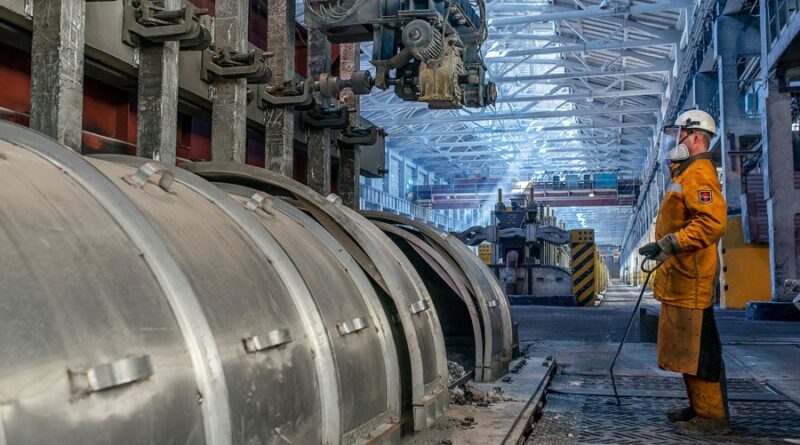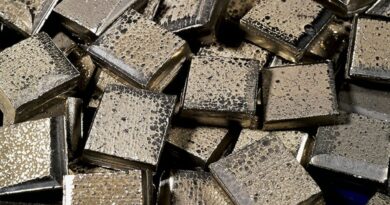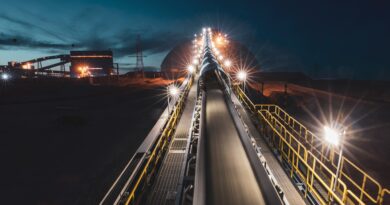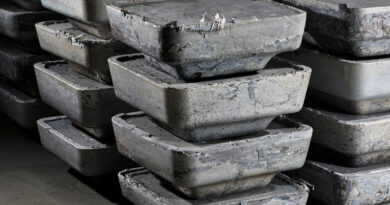China to eliminate old, idled, and uncompetitive aluminium smelters
The current annual world production of aluminium is slightly in excess of 63 Mt, and has been growing relatively steadily over the last 50 years. At the time of writing, this would make a global production worth around USD 140 billion.
Industry sources indicate that the worldwide growth of aluminium production in 2021 was approximately 5,8 %, but there are current concerns regarding a number of significant adverse headwinds in the market.
Growth of global aluminium production In China, which has just over half of the world’s production capacity at around 35 Mt, the reached growth was claimed to be between 2–10 %, depending on which source was consulted. Whatever, the exact figure that one may choose, to accept it was still positive growth, but may be slackening slightly, partly as stated for environmental reasons.
This follows very recent Chinese government policy to eliminate and remove old, idled, and uncompetitive capacity from the market, and must certainly have been influenced by USA’s imposition of tariffs.
On 8 March 2018, President Trump signed a proclamation imposing tariffs of 10 % on imported aluminium articles, which became effective on 23 March 2018.
India, which is the 4th largest producer of aluminium in the world, increased production by about 17,5 % to just over 3,2 Mt by opening a new smelter at Jharsuguda in the state of Odisha, and recommissioning existing potlines at Kora smelter in the state of Chattisgarh. Malaysia, although only the 15th largest producer of aluminium in the world, increased its production by 22,5 % to just over three quarters of a million tons by recommissioning pots in three of their existing smelters.
Australia on the other hand, which is the 6th largest producer of aluminium in the world at over 1,6 Mt, saw a drop of nearly 10 %, due to problems with power supplies and market forces as well as some very severe weather. America and Australia are both large traditional major producers, which have seen a fall in the production of primary aluminium in very recent times and in fiercely competitive conditions.




